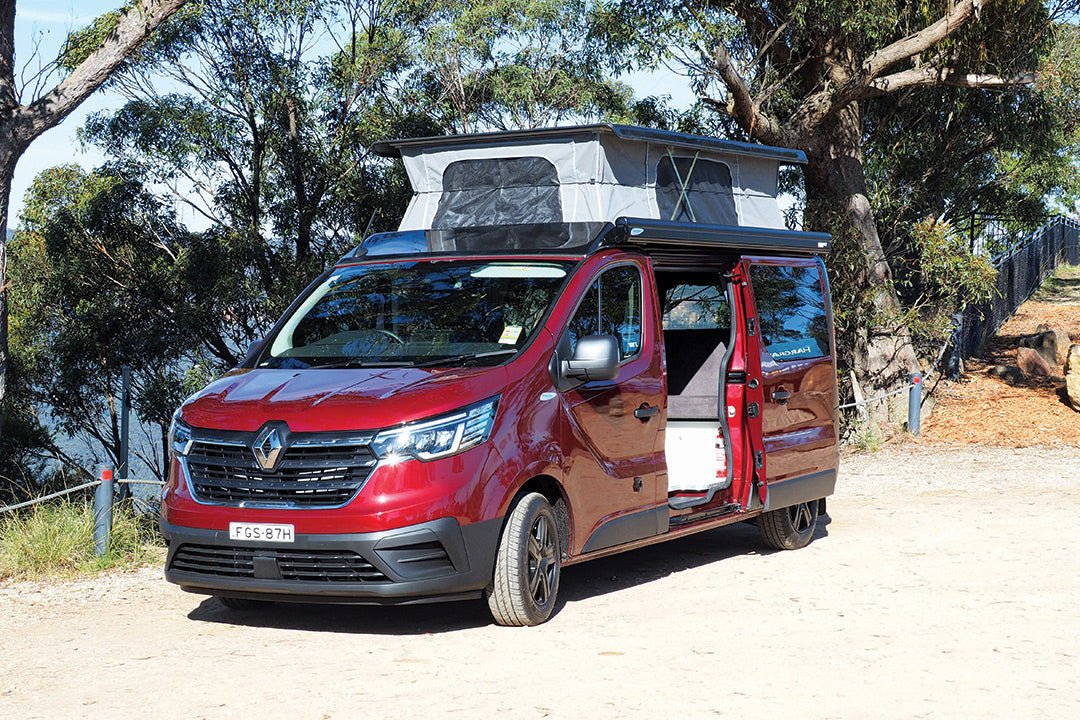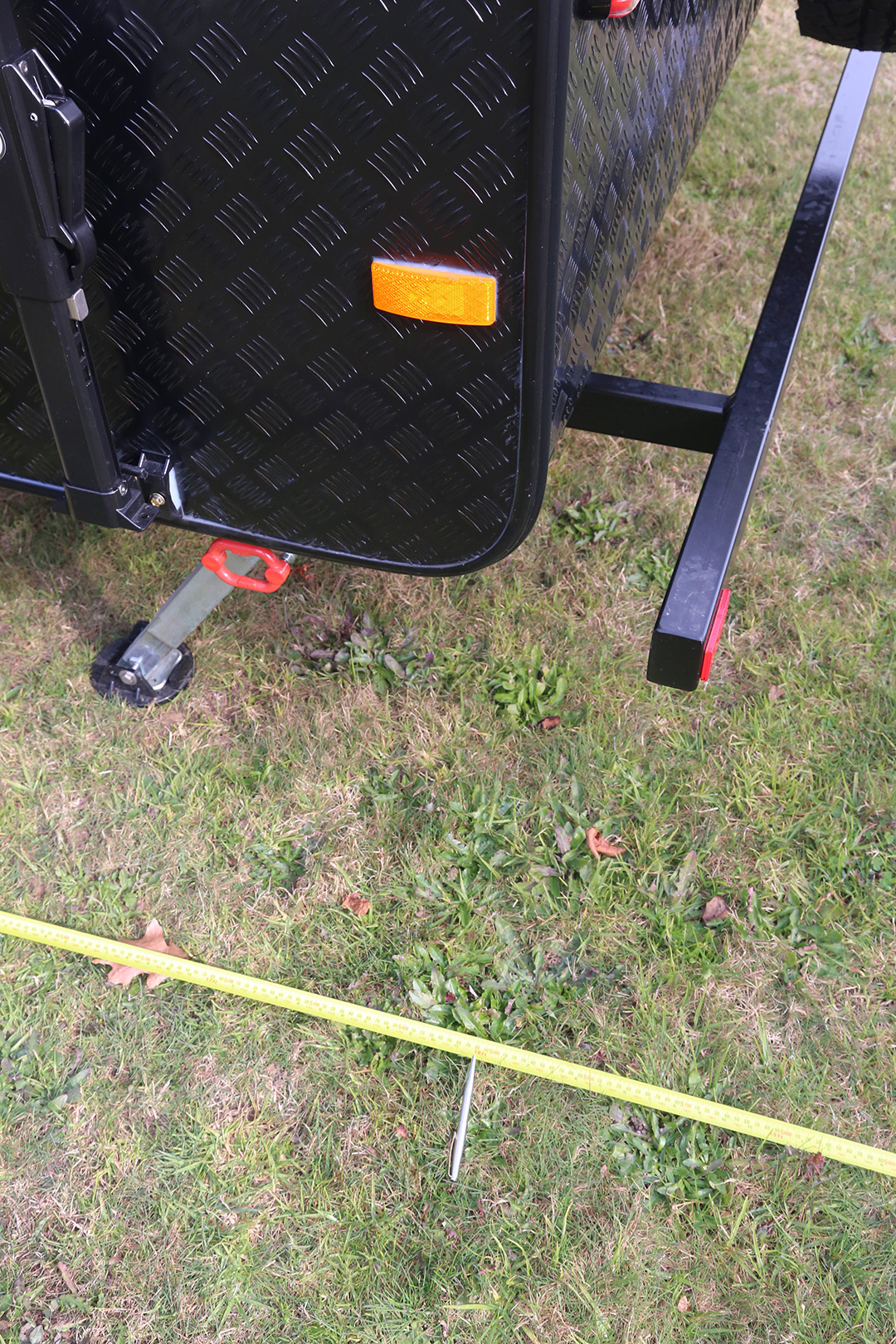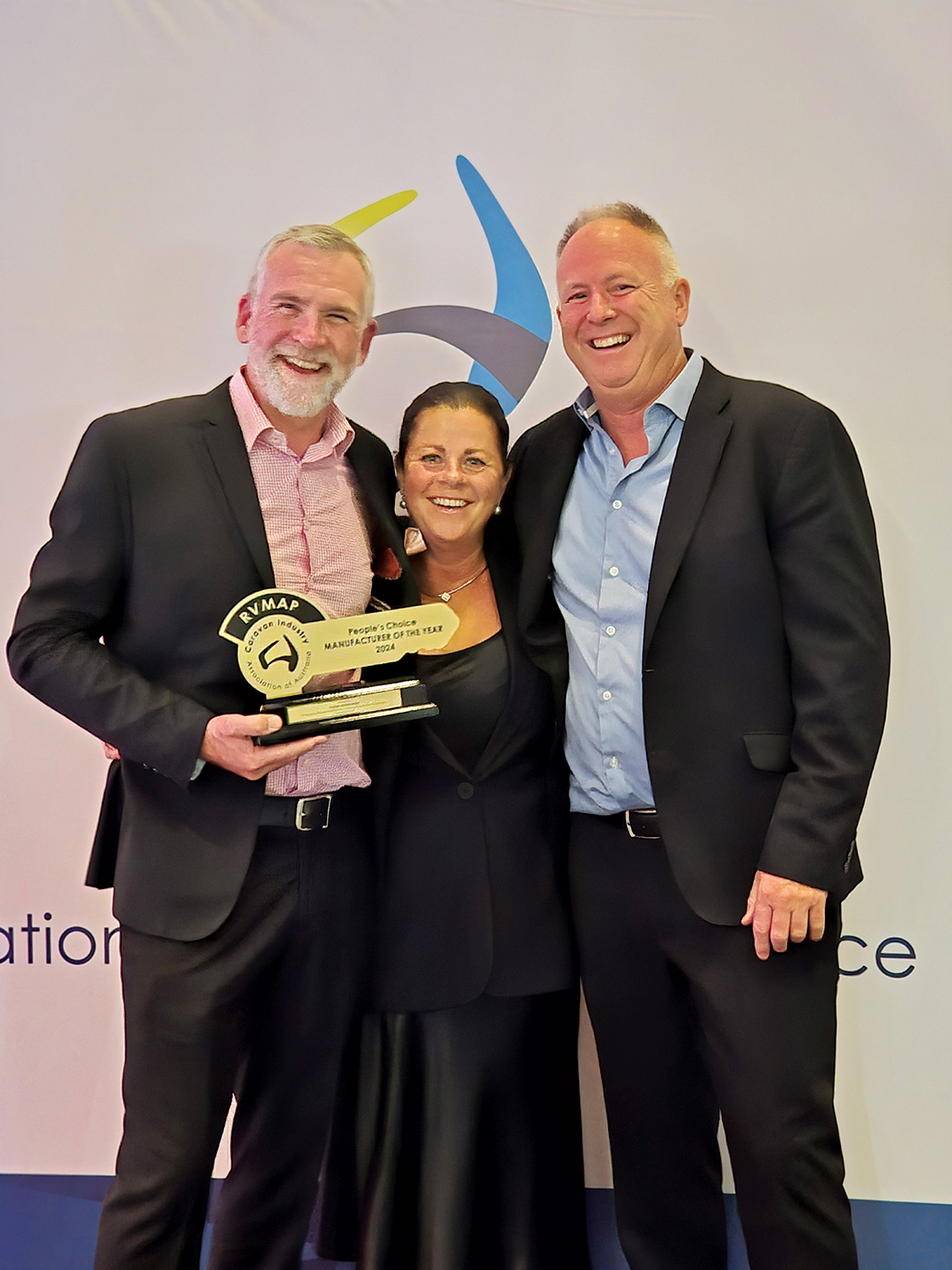

Frontline’s new Renault Trafic based camper
Malcolm discusses the issue of caravan lengths which can be very confusing for buyers and shines a spotlight on a recent win for Horizon Motorhomes and a new campervan by Frontline.
Although the caravan industry in Australia produces many fine vans, there are areas where it does itself no favours. Caravan and towing weights are often a topic of much debate; warranties, generally speaking, could do with improvement all around and then there’s the issue of caravan lengths, which can be very confusing.
For starters, although almost everything in the industry is measured in metric, like weights and volume, caravan dimensions are still good old feet and inches. Then there’s the way caravan lengths are measured. The other day, I had a van out for review. Its model designation was 16ft, yet the external body length was 18ft (5.5m) when I ran my tape measure out. The 16ft (4.9m) was a reference to an internal measurement, something that’s very difficult to measure correctly. I’ve encountered this problem before, but mostly, it’s a matter of 6in (150mm) or so, not the considerable difference here.

The Recreational Vehicle Manufacturers Association of Australia (RVMAA) sits on the fence, recommending that external or internal measurement is acceptable. If you think it’s confusing for the punters trying to buy a van and figure out whether it will fit in their carport or just looking for a small van, say, you’re right. Especially as both the height and width are measured externally. We at Caravan World long ago prioritised external measurements because it’s much easier for us journos to measure easily. How hard would it be for everyone to measure van lengths similarly?
People's choice
The team at Horizon Motorhomes is very excited because at the recent national Caravan Industry Association of Australia (CIAA), the manufacturer won the People’s Choice Award. That’s very impressive because the motorhome manufacturing sector in Australia is quite small compared to the caravan market, but highly competitive.
 Horizon’s Clayton and Kylie Kearney receiving the People’s Choice Award
Horizon’s Clayton and Kylie Kearney receiving the People’s Choice Award
Horizon Motorhomes, which produces motorhomes based on large van conversions, has a solid niche in the motorhome market, and for good reason. Known for its quality motorhomes and customer service, Horizon has been producing motorhomes in Ballina, NSW, for more than 30 years and currently employs 28 people across its manufacturing, service and sales divisions.
The People’s Choice Award is an independent survey of customers who own various types of recreational vehicles, including caravans, camper trailers, campervans and motorhomes. As you might imagine, Clayton Kearney, managing director and founder of Horizon, is a very happy man. Kearney, who attended the conference with his wife, Kylie, accepted the award on behalf of his company.
“When the MC announced Horizon Motorhomes as the winner, Kylie and I were speechless,” he said. “To say it took us by surprise would be an understatement. For the Australian RV community and particularly Horizon customers to vote and recognise us in this fashion makes all the hard work over the years worth it.” I could only agree.
Très élégant
Still on motorhomes, well campervans actually, I had the opportunity to spend a couple of days in Frontline Campervans’ new Renault Trafic camper. Like Horizon Motorhomes, Frontline has a solid niche in the market, but in campervans rather than the larger vans. Frontline has been around longer than I have and mainly produces Volkswagen Transporter and Toyota HiAce conversions, so its latest model based on a Renault Trafic is undoubtedly something different, n’est-ce pas?
After a few hours behind the wheel, I could see why the Frontline team opted to use the Trafic. It was a pleasurable driving experience through the hills and dales of the Blue Mountains, west of Sydney, and quite different from the time-honoured Toyota HiAce. I’ve always been something of a Renault fan and the Trafic didn’t dispel any allusions, quite the opposite. The Trafic in the European tradition is a front-wheel drive powered by a 2L turbo diesel engine that drives through a six-speed dual-clutch automatic. For the enthusiasts, a six-speed manual version is also available.
Frontline has done its usual great job on the conversion, with its popular day/night lounge layout in the rear. The model I had was LPG-free, with an induction hob and an adequate battery and solar panel capacity. It is a campervan ideal for those who enjoy the camping lifestyle in a lightweight style but with a little comfort. I found myself reluctant to hand the keys back when I returned the Trafic.
THE NEXT STEP
If you want to learn the latest caravan news, find the most innovative new caravans and camping gear or get inspired to plan your next adventure to some of Australia's best getaway destinations, subscribe to our weekly newsletter. We promise to send you only the best content.
Related Articles:
Street Talk: Hunting for lighter weight vans







